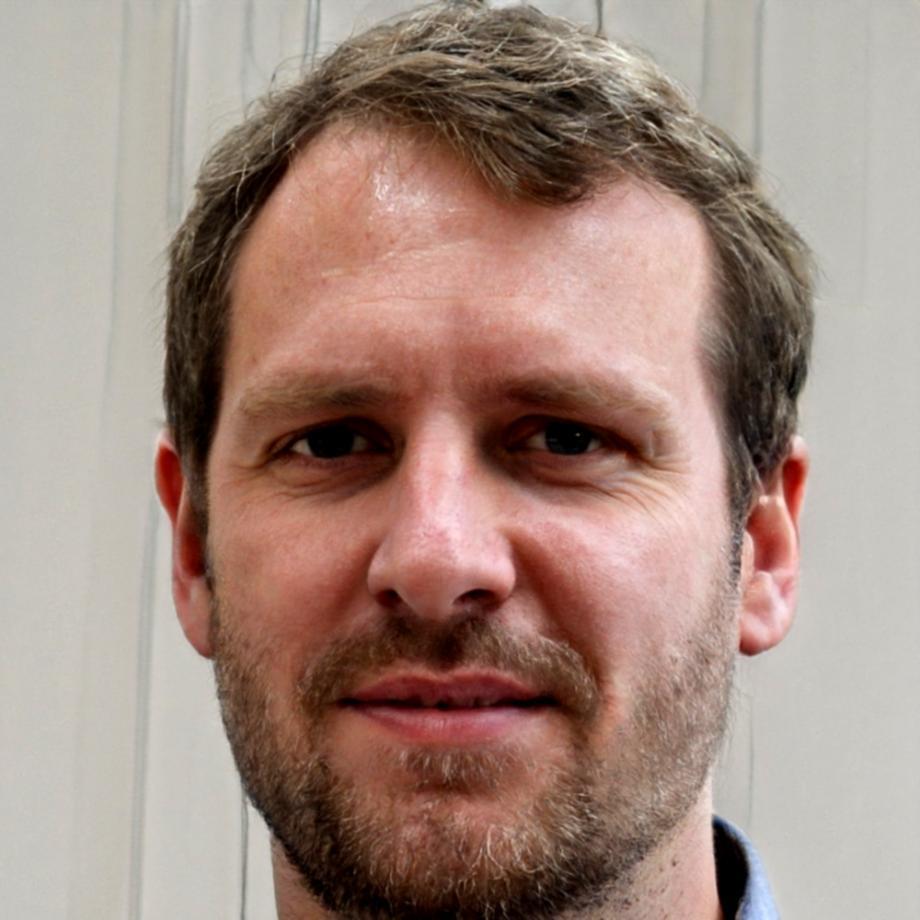Working Capital Analysis Professional Certificate
We built this program around actual challenges you'll face when optimising cash flow and liquidity management. It's not about chasing theoretical perfection—it's about practical skills that hold up when you're balancing operations and financial health in real business conditions.
What You'll Actually Work Through
The curriculum reflects what matters most to businesses managing their working capital. We've structured it around authentic scenarios and the kind of analysis work you'd be doing six months into a finance role.

Cash Conversion Fundamentals 3 weeks
Start with how cash actually moves through a business. You'll analyse receivables, payables, and inventory cycles using real company data—not simplified textbook examples.
Liquidity Position Analysis 4 weeks
This gets into the practical side of assessing current ratios and working through various scenarios. You'll work with actual balance sheets and identify patterns that signal potential problems before they become critical.
Operational Efficiency Metrics 3 weeks
Learn how to measure and benchmark efficiency across different operational models. We focus on the metrics that matter most for Australian businesses dealing with varying payment terms and seasonal factors.
Strategic Capital Management 4 weeks
Pull everything together by developing strategies that balance growth needs with financial stability. You'll present recommendations based on comprehensive analysis work.
Learn From People Who Do This Work
Our instructors aren't just teaching—they're actively working in financial analysis and consulting. That means you're learning from current experience, not outdated practices.

Lachlan Pemberton
Financial Strategy Consultant
Spent twelve years working with mid-sized manufacturers and distributors on capital efficiency. Started in corporate treasury before moving into consulting in 2019. Teaches the operational efficiency module based on his work optimising supply chain finance for twenty different client companies.

Sienna Fairweather
Senior Financial Analyst
Works as head of financial planning for a listed retail group while teaching liquidity analysis. Her practical approach comes from managing cash flow forecasting during rapid expansion and dealing with seasonal working capital swings. Previously worked in banking credit assessment for eight years.

Dominic Ashford-Cross
Working Capital Specialist
Runs the strategic capital management module based on his advisory work with growth companies. He's helped over thirty businesses structure their working capital approach during expansion phases. Started as a management accountant before specialising in cash flow strategy and operational finance.

Freya Blackwood
Cash Flow Analyst
Handles the fundamentals module and brings direct experience from working in treasury management for construction and engineering firms. She's dealt with complex payment cycles and project-based working capital challenges for the past nine years. Her teaching style focuses on identifying red flags early.
Your Development Path
This isn't a race to master everything at once. Skills develop over time as you work through progressively complex analysis. Here's how most participants progress through the program.
Building Your Foundation
You'll get comfortable reading financial statements and understanding how working capital components interact. Most people find this challenging at first—there's quite a bit of terminology and you're learning to see patterns in numbers. By week three, you should be identifying cash conversion cycles without guidance.
Developing Analysis Skills
Now you're working with actual company financials and learning to spot liquidity concerns. The analysis becomes more complex—you'll compare multiple periods, identify trends, and start forming judgements about financial health. This phase requires consistent effort because you're building both technical skills and business intuition simultaneously.
Applying Operational Context
You start connecting financial metrics to operational decisions. Why does this business carry more inventory? How do payment terms affect their cash position? The work gets more interesting here because you're not just calculating ratios—you're understanding what drives them and how companies can improve their position.
Strategic Integration
Final weeks focus on putting everything together. You'll develop recommendations for a business case study, present your analysis, and defend your strategic choices. This mirrors what you'd do in an actual consulting engagement or when presenting findings to management.
How To Apply
We keep the application process straightforward because we're more interested in your commitment to learning than elaborate submissions. Here's what happens from initial enquiry to program start.
Submit Enquiry
Fill out a brief form with your background and interest in working capital analysis. Takes about ten minutes.
Initial Discussion
We'll arrange a twenty-minute call to discuss your goals and make sure the program matches what you're looking for.
Program Overview
You'll receive detailed information about schedule, expectations, and materials. Time to review before making a decision.
Confirmation
Once you confirm your place, you'll get access to preparatory materials and cohort information.
September 2025 Intake Now Open
Program begins on September 8, 2025 with an intensive first week. Classes run Tuesday and Thursday evenings (6:30-9:00pm) plus Saturday mornings (9:00am-12:30pm). Limited to 24 participants to maintain quality interaction and individual feedback. Applications close when cohort fills or by August 18, 2025.
Start Your Application